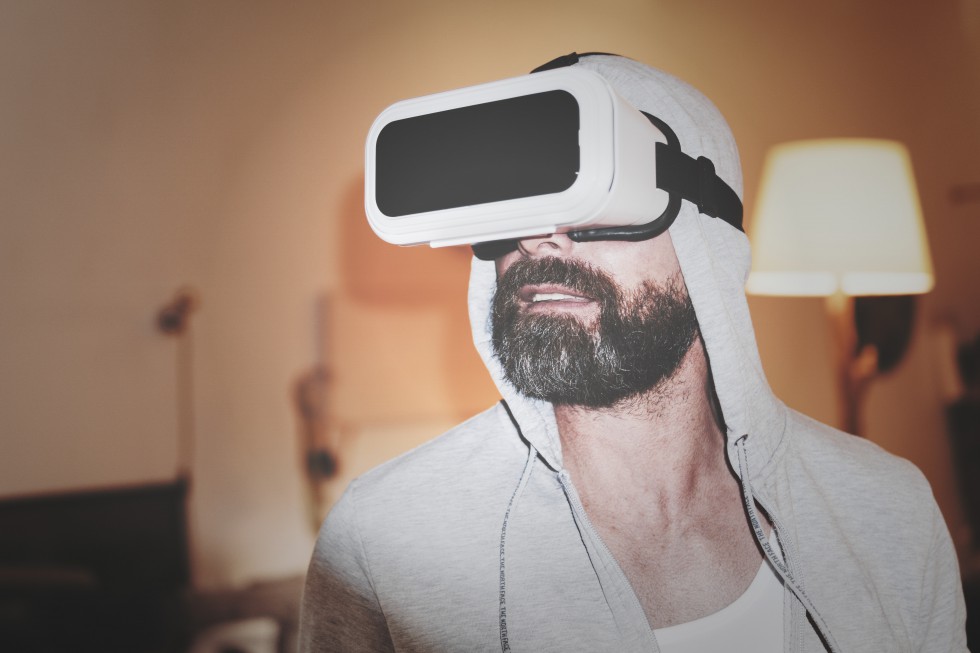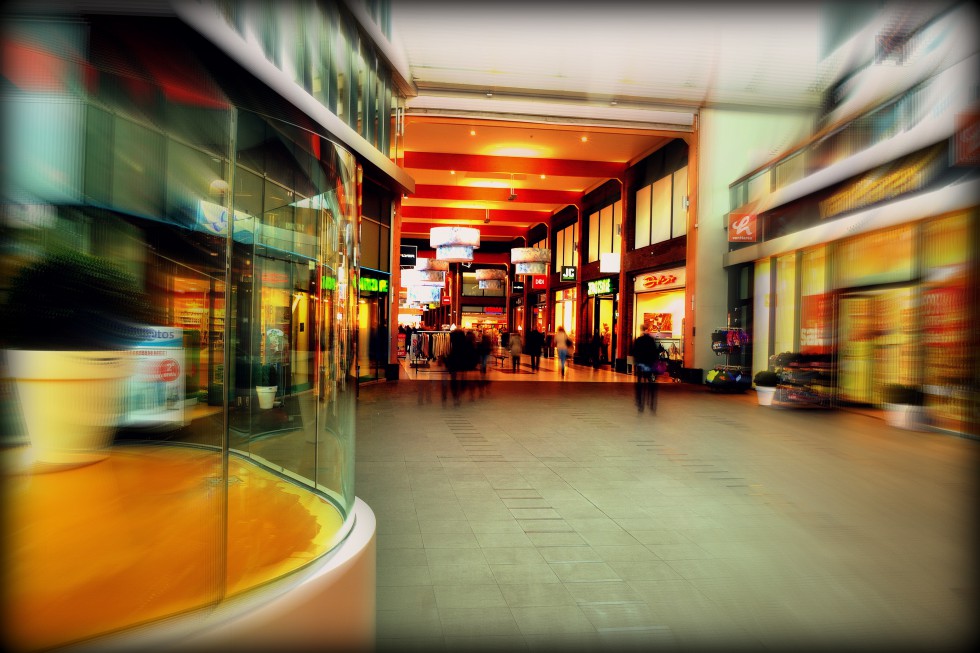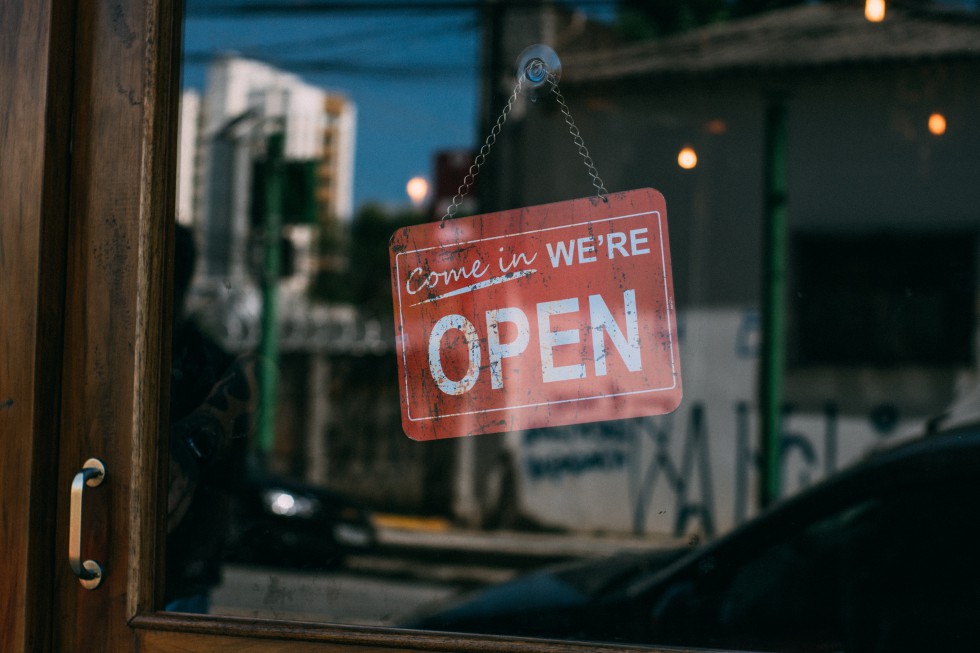Grim predictions of the ‘death of the High Street’ hit the headlines every year, leading to an annual debate in which various opinions and statistics are exchanged, before concluding that the High Street, while in a state of decline, is not dead and can still be salvaged. This year is no exception, so in this article we examine the state of retail as we go into 2019.

It’s undeniable that the world of retail has changed enormously in the past decade, with the financial crisis of 2008 heralding a physical change to Britain’s high streets, coinciding with an evolution in consumer behaviour led by the proliferation of online retail. The post-crash economic downturn had an impact on disposable income, consumption and behaviour.
A study by Northumbria University suggests more than a quarter of Britain’s retail space has been abandoned since the 2008 financial crash. The amount of space occupied by retailers fell in 343 of 348 local authorities analysed in the study.
In 2008, there were more than 157 million square metres of retail floor space in England in Wales. By 2015, the figure had dropped to just under 114 million square metres - a fall of 27.6%.
For a retailer setting up business in 2019, it is far from certain that they would need or want physical premises to sell their goods. So where does the truth lie? Is the High Street as we know it dying in an increasingly online world - or are predictions of its demise premature?
Online retail vs bricks and mortar
The changing face of the High Street has seen a decline in banks, fashion retailers and travel agencies, while coffee, betting, charity shops and beauty salons are growing in numbers.
In the last decade we have seen the demise of some huge retailers which demonstrated that no matter how big a company is, they are still vulnerable if they don’t respond quickly to a changing retail environment: the 100-year-old Woolworths in 2008, Blockbuster in 2013, BHS in 2016, then Maplins, Poundworld and Toys ‘R’ Us in 2018. Over 21,000 employees lost their retail jobs in the first quarter of 2018.
As an example of those retailers not adapting, Toys ’R’ Us could have repositioned itself as the place to ‘experience’ toys and fun activities, rather than just an inconvenient warehouse version of Amazon.co.uk. Blockbuster was too slow to recognise the shift from video and DVD rental to online, and didn’t capitalise on the growth of streaming and subscription services, allowing Netflix to dominate the market.
However, retailers are fighting back through their own internet sites. John Lewis, despite its troubles, is championing online retail: 25% of its sales are now through the internet. And Tesco, originally a bricks and mortar retailer, has revenue of £2.9 billion online, second only to Amazon. Although there is an argument that some of this revenue is cannibalising sales that would have come through their own physical stores, it still shows that there is room for both physical and digital markets - for the moment, at least.
In contrast to Tesco, with their sizable online component working in tandem with their physical retail model, Amazon has conversely recognised the importance of physical shopping spaces. ‘Amazon Go’ represents bricks and mortar shops which utilise tech so you can simply take your goods and leave the store without queuing or going through a checkout.
With news of larger Amazon Go outlets opening in places such as airports and office lobbies, it seems this is a trend that could expand significantly in the coming years. It combines physical with tech and shows that the future of retail is more nuanced than simply ‘bricks and mortar vs ecommerce’.
Is high street shopping coming to an end?
Technology is moving at pace in ways which in some ways, gives advantages to online stores over their real-life counterparts.
For instance, as augmented reality and VR improves, many experiences that traditionally belonged uniquely to the bricks-and-mortar world can be translated into the digital space. The ability to try on virtual clothes or see how they’d look on you, walk through a digital shop, and to interact with other people in that virtual space (plus the development of AI and chatbot tech to talk with a brand conversationally) may for many people be superior to the experience of visiting an actual shop, with added convenience.

As we become more connected to the digital world and our trust in it grows, it’s become more natural to purchase online. We’re already exposed to targeted ads and other content, and as the algorithms and data behind the targeting becomes ever more accurate, the ability to predict our needs and wants become too compelling to ignore, and will increasingly make online retail an attractive alternative to the benefits of brick-and-mortar.
We mentioned convenience as a contributory factor in the death of the High Street - people want the easiest option, and increasingly online shopping represents this. For example, take delivery speed. If you ordered something online a few years ago, it would take at least a few days to arrive. Now it’s possible to order something on Amazon Prime and expect delivery in 2 hours: quicker than many people could physically go to the shops, make their purchase and get home again, particularly those people living in rural areas or who have accessibility concerns.
How can augmented reality factor into this?
People like to see their purchases before they buy: something tangible and tactile. As the physical and online worlds compete, one logical step is for bricks and mortar retail to embrace new tech in order to evolve and survive - like the Amazon Go concept.
Real world stores could introduce a smart fitting room using augmented reality to give a digital experience in physical stores. Customers could try on an outfit, and then see how it might look in different colours, be presented with complementary accessories, and compare prices or build wishlists on screen in an augmented reality mirror.
Loyal customers, who use membership cards to log their purchase could try on new outfits and see how they work with their existing inventory. Imagine going into your favourite, well established clothing store and trying on a new jacket, and the AR tech tells you that this would look great with those boots you purchased a couple of months ago - and then shows you just how perfectly they match.
And there are unlimited cross sell and upsell opportunities - try on a pair of jeans, and the AR mirror shows a selection of t-shirts to complete the look. Pick up a shirt and see a selection of ties to match.
Of course this technology can work to some extent on tablets and smartphones, but there is scope for physical retailers to augment their own in-store experiences to keep up with the world of online retail.
The impact of online shopping on retail
The ‘death of the High Street’ issue was again raised on a national level earlier this month when Mike Ashley, owner of Sports Direct, told MPs that the ‘internet is killing the High Street’.
Along with innovative ways of doing business and a reduced need for physical premises, the likes of Amazon and other online retailers gain a big advantage thanks to the existing system of business rates, which online retailers are not subject to.
Ashley proposed that in order to enable the High Street as we know it to survive, all retailers that make more than 20% of their turnover online should be taxed. He argued that this would force retailers to open more stores in areas where High Streets are struggling: to avoid the tax, he said, they would ensure at least 80% of their business goes through the High Street.
He also told MPs that all parties, including landlords and government bodies responsible for setting business rates, had to play a part in helping to save the High Street.
Some have argued his proposal has credibility (particularly as it would impact his own £400m online operations) and that his prediction - that the High Street will be dead within a decade without implementing these kind of measures - is valid.
However, not everyone is convinced by his rationale. The chief executive of the British Property Foundation, Melanie Leech, believes that taxing online businesses is not an alternative to urgent and fundamental business rates reform.
Mike Ashley’s preferred solution may be supported by many retailers, but some have argued he has it the wrong way round. With taxes on sales ultimately resulting in higher prices, the extra burden will be borne by the consumer, not by the retailers. It’s also worth considering that many people shop online as much for convenience as price, so the additional tax might not even change behaviour.
Rather than levying further taxes, ministers and councils should be looking at reducing the business rates that cripple traditional shops.

Part of the problem is that rates levied by councils are one of the few ways they have of raising their own revenue. In that sense, the problems of the High Street are intimately connected to a much broader problem.
It’s not just the growth of online that is hampering the High Street. As mentioned, the issue of convenience is a huge factor, and shoppers are dissuaded from visiting Britain’s town centres because of restrictions on parking. Motorists have complained about rising car parking fees, fewer spaces or spaces that are too small. Mike Ashley has also referenced this point and argued for free parking to help reinvigorate the ‘flat-lining’ High Street.
Jason Stokes, CEO and founder of Eastside Co, offers his own perspective on Mr Ashley’s proposals:
“Many pure play online retailers have managed to achieve their position by investing in the products or level of service they offer to their customers. The answer isn’t to impose additional tax burdens on successful, forward-thinking businesses, but to see what extra support can be offered to companies that are stuck in a more dated (or traditional) model of retail.
The high street has changed, and what used to be a destination place for hunting out great products and bargains has gradually devolved into endless rows of betting shops, charity outlets and Wetherspoons pubs. Almost all smaller retailers were feeling the pinch from an unsupportive business rate system, compounded by the recession. Coupled with this, larger merchants such as Sports Direct moved in and monopolised the high street, undercutting the competition and driving many smaller retailers out of business. The end result was that the high street was drained of the uniqueness that drew shoppers in, leaving a bland and monopolised retail environment.
Mr Ashley’s response to the potential death of the high street is not adequate and doesn’t address these issues. All it represents is an attack on more forward thinking competition.
I predict we’ll see a resurgence in smaller brands that want to own the relationship with customers rather than just using a faceless distribution model. This is their opportunity to bring back true customer service and high quality products. Now is the time to utilise developing tech to modernise the traditional business model and make it financially viable for local businesses to operate internationally.
In my opinion this will mean smaller retailers will venture back into the high street to offer a friendly local service, but with a global reach and following.”

What if the high street dies?
What if it transpired that the shift to online shopping ultimately killed off the High Street as we know it? The world is changing - and perhaps this is the way forward. There are arguments to say this is not necessarily a bad thing. From a customer point of view, larger organisations can be more efficient, have higher buying power and therefore offer lower prices for the same goods.
However, it’s difficult to predict. It may be that the physical and the digital can co-exist, with both methods of shopping viable in modern society. Or, it could be the case that we’re witnessing a digital revolution which truly does kill off the High Street as we know it.
Online shopping vs high street statistics
The Office for National Statistics, in its August 2018 report on bricks and mortar vs online retail, states:
“Whilst online sales are growing at a fast rate, bricks and mortar sales still account for nearly 82% of sales. Online spending has increased at a fast rate whilst spending within stores has remained relatively stable. These changes in spending habits mean consumers are now buying more online than ever before. As would be expected, the largest increase in online spending over the past decade is within non-store retailing.”
In the end, it may depend on the type of retailer in question or the new ideas and solutions put forward by people in favour of either the digital or the physical. One thing is for sure though: the evolution of the High Street in the coming years will demand retailers, both physical and digital, to adapt if they want to survive and be successful.



